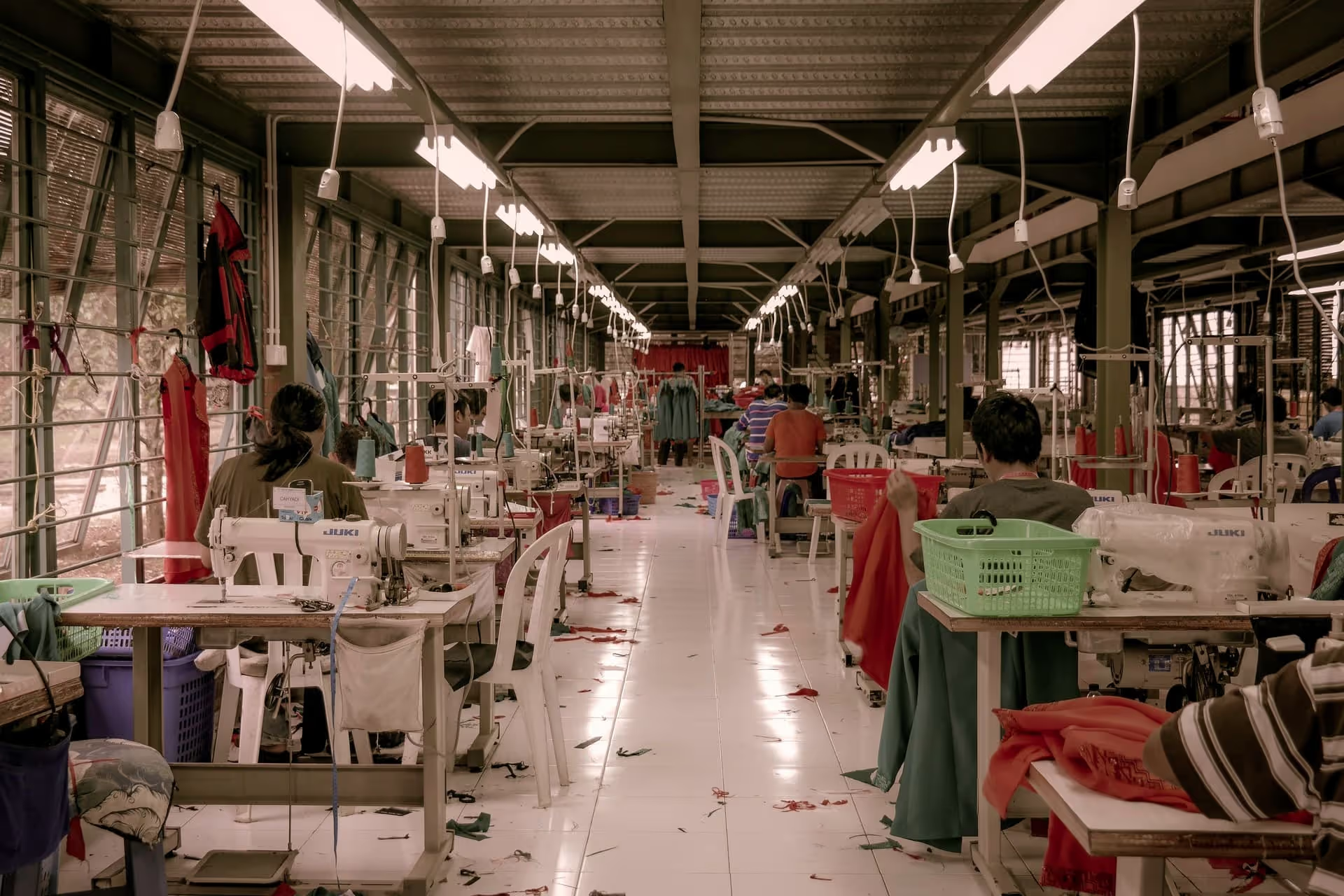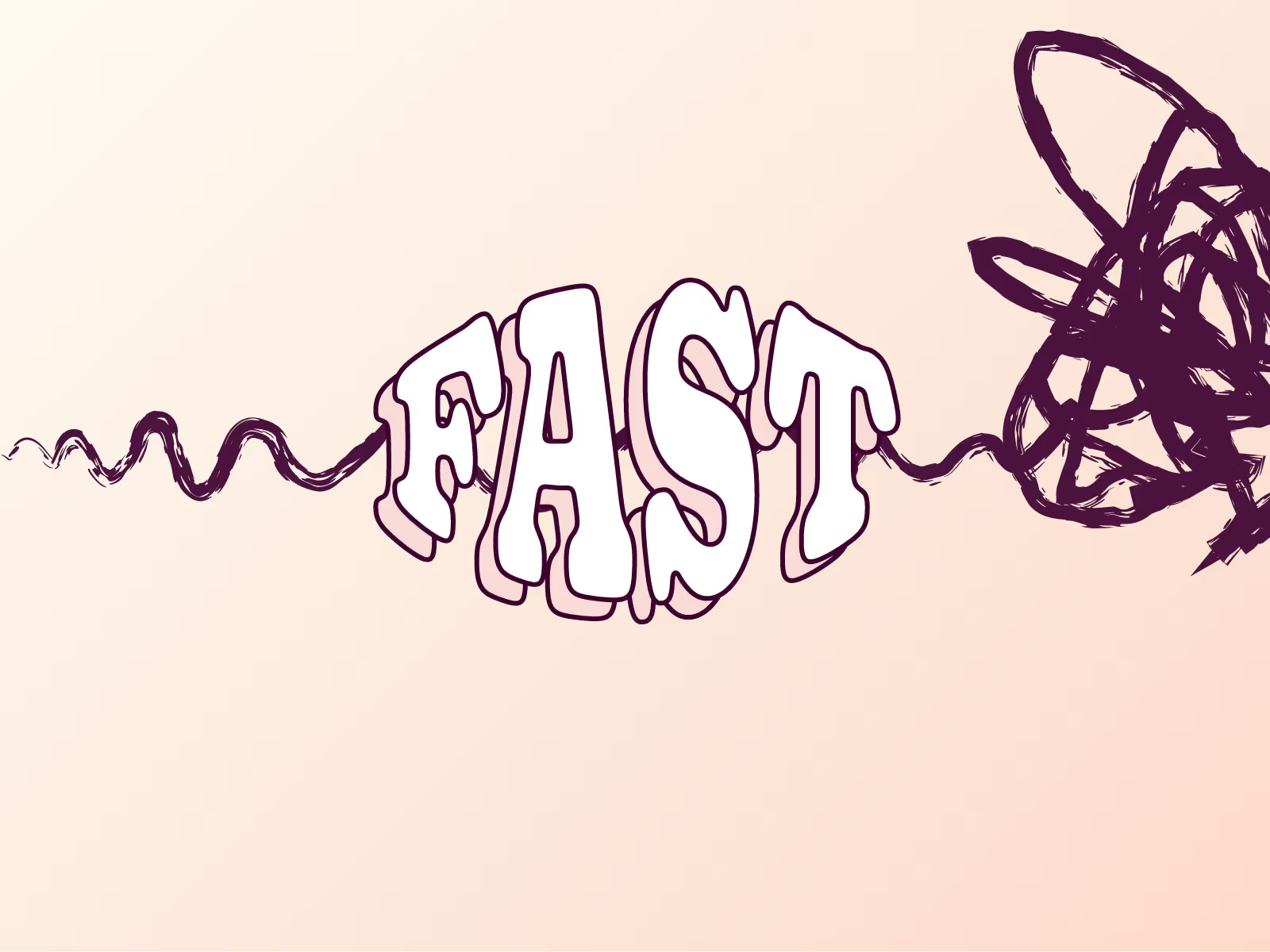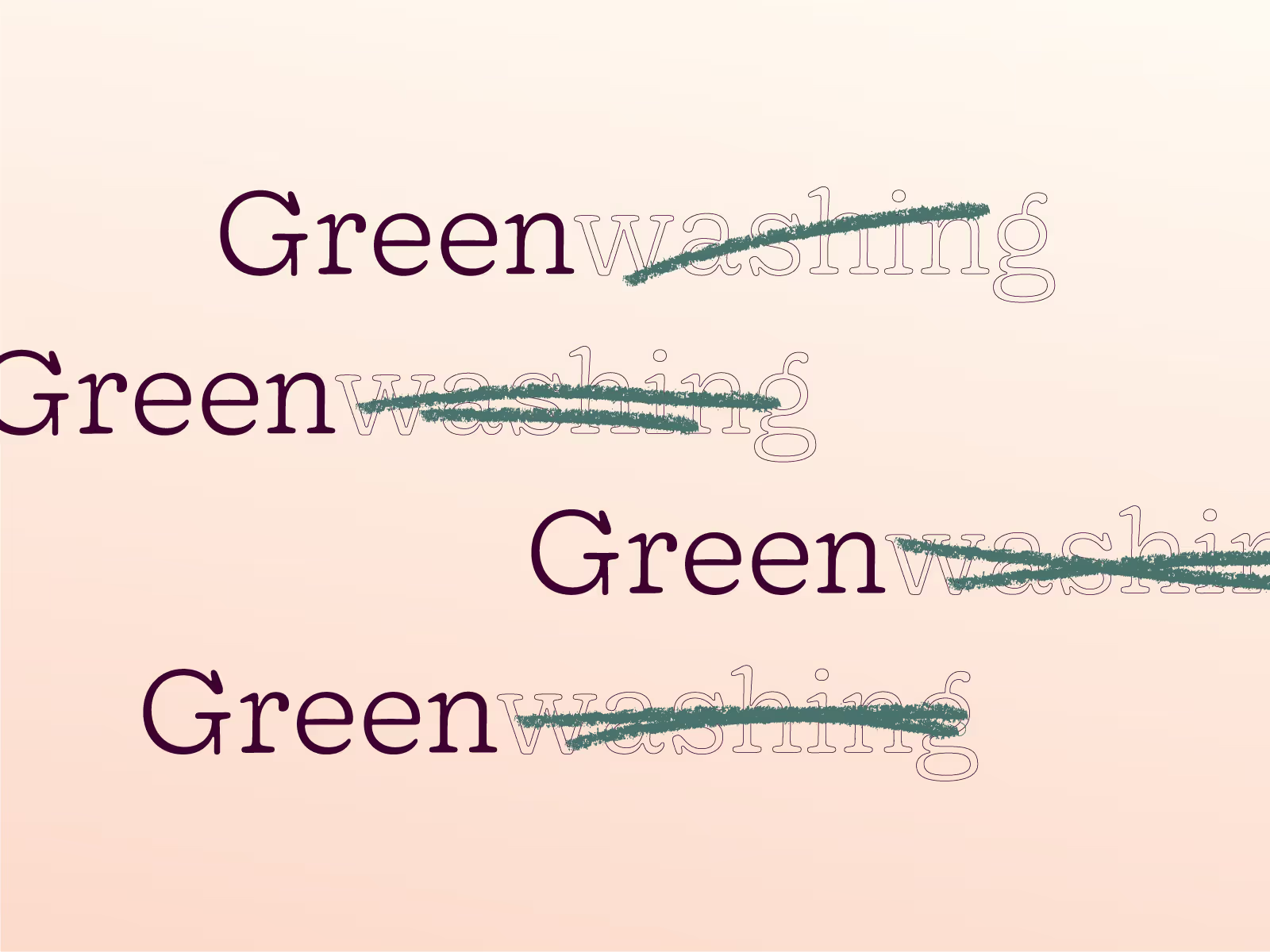What actually is fast fashion?
Fast fashion can be defined as cheap clothing produced at irresponsible speeds to keep up with new trends.
Brands can speed up clothing production by using the lowest-quality materials, pushing workers beyond their limit, and causing devastating long-term effects for their own short-term financial gain. The general idea is to get popular and trendy styles into consumers hands as fast as they possibly can. While the garments are still seen as popular, trendy and desirable.
Unfortunately the increased pace of this product cycle also means items are quicker to end up in landfill. Often only a few wears later. As the next short-lived trend comes around, and the cycle repeats.
The industrial revolution was a significant step for fast fashion. Typically cotton, leather and wool clothing was produced by hand — and it was a time consuming process. Fashion was inherently slow due to technological limitations.
Then new technology was developed and introduced, like sewing machines. Which set the scene for a boom of mass-production factories in the 1800s. Clothing became cheaper, easier, and faster to produce.
From the ’90s to now, a brief history of fast fashion
The term fast fashion came about in the 1990s. New York Times first used it to describe Zara’s mission to take clothes from design to stores in just 15 days.
It was around that time Zara, H&M, Topshop and Primark took over high street fashion. They replicated designs seen in luxury fashion and made them accessible to all — at a small fraction of the cost.
Collections were no longer following the seasons. Brands went from having 4 collections each year to over 52. With new releases daily or weekly. Advertising constantly reminds us about the must-have clothes of the week. Clothing consumption increased across the western world a lot.
Compared to 15 years ago, we now buy 60% more clothes. And not only do we buy more clothes, but we also throw away more clothes. Clothing production has doubled and clothing usage has decreased by 40%.
So what’s the problem with fast fashion?
The fashion and clothing industry is one of the world’s most polluting industries. It accounts for 8–10% of the world’s carbon emissions. Having damaging effects on people’s lives and the world we live in.
Fast fashion is unethical and not sustainable for future generations — resulting in mass-overproduction, environmental damage, and overworking and under-treatment of factory workers. Fast fashion is destroying the planet.

Overproduction of clothes
Fast fashion is driven by clothing trends. Whether it's the styles in luxury fashion or what's seen on celebrities or influencers.
Fashion trends are notoriously short-lived. Styles and clothes quickly gain attention — but people soon lose interest as the clothes become oversaturated and no-longer trendy.
This throw-away culture means more clothes end up going to landfill. Only 15% of clothing is recycled. More clothing is produced than companies are able to sell, and more clothing produced than people actually want or need.
Damaging cost to the environment
Fast fashion is destroying the environment. To keep up with demand, farmers have to use more and more toxic chemicals on their crops.
Chemicals used in fast fashion production end up in our waters. 20% of water pollution is tied to clothing production. And clothes sitting in landfill release harmful chemicals to the atmosphere until they're broken down. Which for synthetic fabrics, is almost never.
Overworking and underpaying garment workers
The people who make these clothes earn very low wages, are pushed to their limits, and lack basic human rights. Often working in dangerous environments and they have not other options.
There are also effects to workers’ health and wellbeing that are exposed daily to harmful chemicals.

How can you spot a fast fashion brand?
Keep these questions in mind when you're shopping for new clothes. Helping you to avoid buying clothes that fall apart fast.
- Does the brand use low-quality and cheap synthetic materials like polyester, acrylic or nylon? Cheap materials will likely not stand the test of time.
- Does the brand use on-trend colours, patterns or styles that imitate luxury fashion or what's seen on the catwalk? Blindly following trends is a surefire way to go quickly out of fashion.
- Does the brand release new styles and collections daily, weekly or monthly? Thousands of styles is telling sign of fast fashion.
- Does the brand heavily discount or frequently change the price of their items? Fast turnarounds and sale promote the idea of throwaway clothes.
- Does the brand not share any information about where the garment was made, by who, and in what conditions? Off-shore labour in countries with the cheapest labour often means little rights for employees and opaque supply chains.

Common fast fashion brands
You're probably familiar with many of the big player fast fashion brands. Here's a few of the biggest offenders to avoid if you can: H&M, Zara, Primark, GAP, Shein, UNIQLO, Topshop, New Look, Pretty Little Thing, and Missguided.
Buy less by knowing more
You'll be glad to know there is a sustainable and ethical alternative. Slow fashion is an approach that has gained traction over recent years. We've put together a handy guide for you on slow fashion.
Slow fashion is the idea of designing, creating, and buying quality clothing that will last. Using recycled, organic, and sustainable fabrics.
It encourages slower production, less waste, fair pay for the garment workers, and lower carbon emissions.
By becoming more aware of what you buy and the impact it has — it’s possible to change the industry for the better. Good Garms brings sustainable and ethical clothing into one place.







